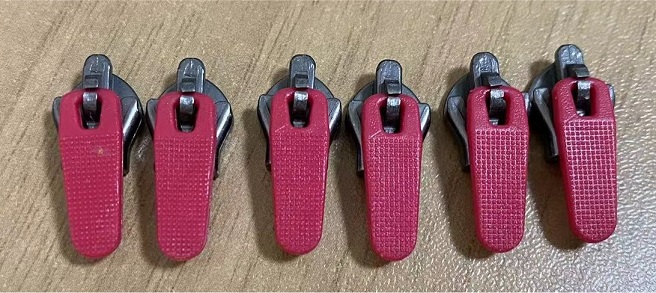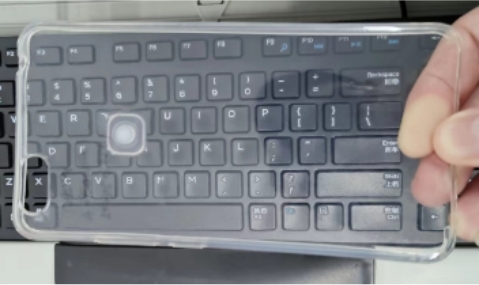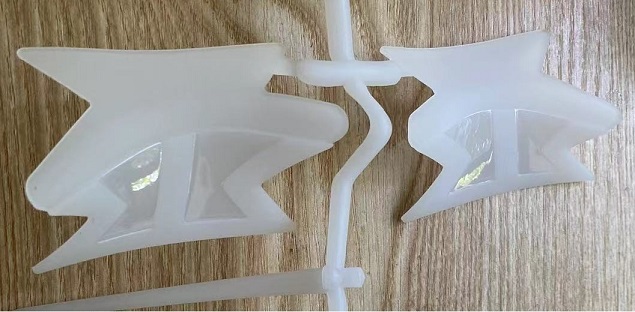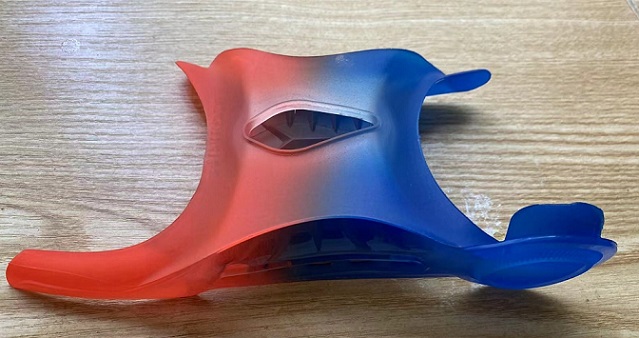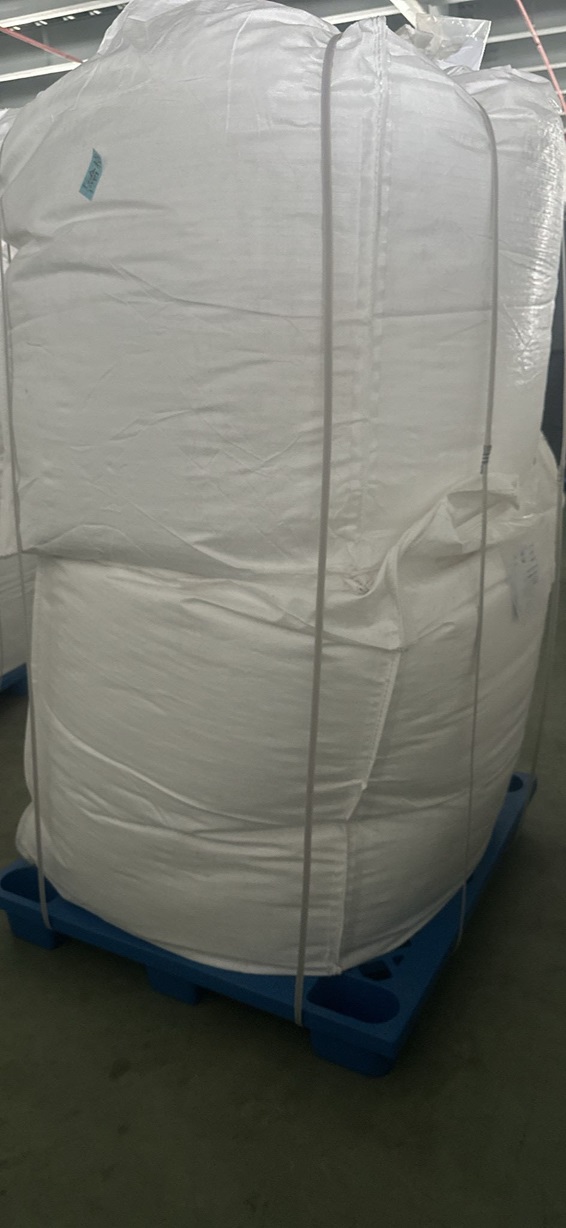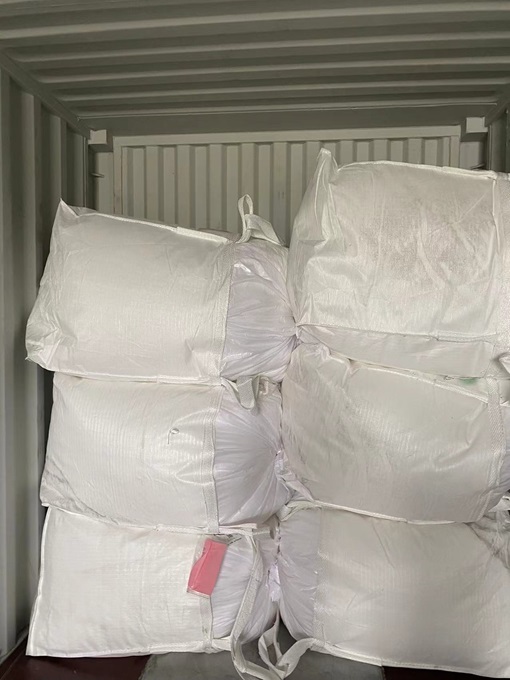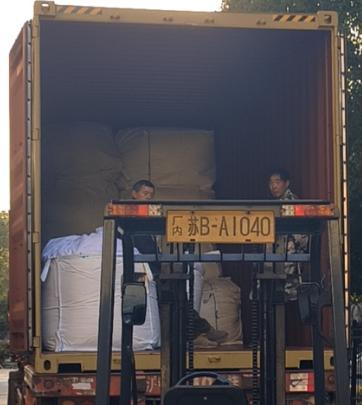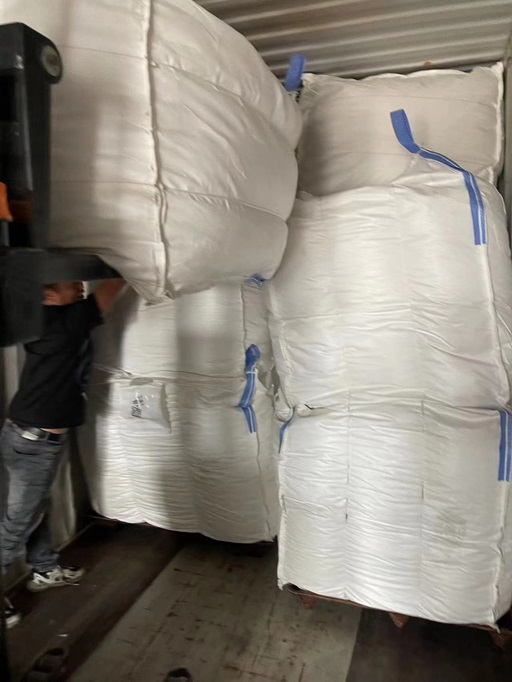With the development of China's economy and cultural undertakings, the printing and publishing industry and packaging industry have developed rapidly. Domestic demand for ink has increased dramatically. As people's environmental awareness increases and people's demand for safety in food packaging and printing increases, it is required that the proportion of aromatic hydrocarbons and toxic volatile organic components in the ink composition be reduced. Environmentally friendly inks have gradually experienced benzene-free inks, alcohol-soluble inks and water-based inks, and gradually replaced traditional volatile organic solvent-based inks. Polyurethane ink has gradually developed rapidly due to its unique performance advantages. It has the advantages of easy use, stable performance, strong adhesion, excellent gloss, and good heat resistance, and can be suitable for various printing methods. At the same time, polyurethane ink can be dissolved in solvents such as alcohol, ester, ketone or their mixed solvents without relying on highly toxic benzene solvents. It meets environmental protection requirements and has become the development direction and trend of the printing industry. Among the factors that determine the various properties of printing inks, the properties of the resin used in the ink are the main factors. Polyurethane resin has excellent wear resistance, scratch resistance, solvent resistance, bonding properties, good low-temperature performance, high gloss, and heat preservation, and its application properties are widely adjustable and can meet various needs. .

1 . Classification of polyurethane ink
Polyurethane ink can be divided into four main types according to the composition of the binder used and the curing principle: single-component volatile polyurethane ink, two-component reactive polyurethane ink, light-curing polyurethane ink and water-based polyurethane ink ; according to the printing format According to different printing substrates, it can be divided into plastic ink, paper ink, aluminum thin ink, printed fabric ink and ceramic ink, etc. For its special purposes, it can be divided into UV ink, luminescent, fluorescent and phosphorescent ink, liquid crystal, conductive and magnetic ink, retort-resistant ink and anti-counterfeiting ink, etc.
2 . Development status of polyurethane resin for ink
2. 1 Polyurethane resin for one-component volatile ink
Volatile polyurethane ink has the advantages of easy use and stable performance, and can meet the requirements of various printing methods. It is mainly used in plastic composite packaging and other aspects. It has been industrialized at home and abroad and has been widely used. The main synthesis mechanism of this type of ink is through the volatilization of a large amount of volatile solvents contained in it, so that the resin and pigment in the ink form a solid film layer that adheres to the surface of the substrate to achieve the purpose of printing. The advantages of this method are uniform reaction, easy control, and good reproducibility. One-component polyurethane resin for ink has good adhesion, oil resistance and cooking resistance on many plastic substrates .
GOLD MINE COMPANY as polyurethane resin manufacturer used adipic acid (AA) and 1,4- butanediol (BDO) as the basic raw materials to synthesize polyester polyols with a relative molecular weight of 1000 to 2000 and chain extenders, diphenylmethane diisocyanate (MDI). A one-component polyurethane ink connecting material is synthesized with other additives. The polyurethane ink has the characteristics of good gloss, low viscosity, and good bonding strength. It can meet the needs of the composite film and ink printing industries. It has been used in Guangdong and Fujian. Promote use in other areas. Zhou Wenxin et al. used a vinyl chloride - hydroxyethyl acrylate copolymer containing hydroxyl groups in the molecule to react with a macromolecular glycol, a small molecule chain extender, and toluene diisocyanate (TDI) to prepare a new type of polyurethane adhesive. The ink produced with it has good adhesion to various base films such as polypropylene (PP) and polyethylene (PE) . A polyurethane resin for inks developed by Japan's Sanyo Chemical Co., Ltd. is composed of polybutylene adipate glycol (PBA , with a maximum relative molecular mass of 1500) , isophorone diisocyanate (IPDI) , and isophorone Made from diamine (IPDA) and diethanolamine, due to the introduction of urea bonds and amine groups, the intermolecular hydrogen bonding force is greatly increased, improving the cohesive strength of the resin and the adhesion to the film. Made of 30 parts of resin and 50 parts of titanium dioxideThe plastic film printing ink prepared by adding 100% and several parts of mixed solvent has good printing effect on PP , polyethylene terephthalate (PET) and nylon films. The printing layer is resistant to heat grease and adhesion.
2. 2 Polyurethane resin for two-component reactive ink
Two-component ink is also called chemical reaction ink. A catalyst must be added before printing. The catalyst reacts with the resin in the ink to achieve the purpose of drying the ink through a polymerization reaction. Component A is a hydroxyl-terminated prepolymer and pigment. A mixture of other additives, component B is a curing agent with an isocyanate terminal group. When used, the two components are mixed in a certain proportion to print. This two-component reactive polyurethane ink has good adhesion and viscosity stability to plastic films. Component A has stable performance, low relative molecular weight, good fluidity, and good wettability to pigments; but in component B, due to the presence of isocyanate groups, this component has great Toxicity. In addition, the isocyanate group is a very reactive group and can easily react with water and other compounds containing active hydrogen at room temperature. Therefore, this component has poor stability and is difficult to store. Currently, two-component reactive polyurethane inks have many problems: the main components must be mixed with the curing agent quickly before printing, the ink cannot be touched by hands, the service life of canned products is very short, and the remaining ink after printing is easy to deteriorate. Moreover, the curing agent is expensive, which increases the cost of packaging bags or containers .
2.3 Polyurethane resin for photocurable ink
Polyurethane resin for light-curing inks uses high-intensity radiation such as electron beam radiation and ultraviolet radiation to induce cross-linking and curing of the active oligomer system. Considering factors such as equipment investment, ultraviolet (UV) curing is currently the main form. It has the advantages of cold curing, fast curing, energy saving, etc., and due to the use of a 100 % active component system, no solvent is released during the curing process, which greatly reduces pollution. The curing reaction mechanism of light-curing polyurethane ink is free radical polymerization. It can be cured in a few seconds and is suitable for high-speed printing. Since the reaction is a dry cross-linking process, it has good adhesion to most substrates. As a new type of environmentally friendly ink, UV curable ink has the advantages of energy saving, no solvent emission, no environmental pollution, high production efficiency, suitable for heat-sensitive substrates, excellent printing performance, and low equipment investment. It is widely used in paper and plastics , metal, paint film and other printing surfaces are extremely widely used. The entire curing system of UV curing is a solvent-free system, which is in line with green and environmentally friendly inks. UV ink printing has stable adaptability, can improve actual production efficiency and reduce costs, and can bring economic benefits such as high productivity and high output to investors .
2.4 Polyurethane resin for water-based ink
Water-based inks are listed as the first choice for environmentally friendly printing. The normal temperature cross-linked water-based polyurethane epoxy adhesive can produce a one-component polyurethane water-based ink suitable for gravure printing. The water-based ink has high gloss and water resistance, strong adhesion, adjustable dryness, bright colors, clear layers, non-toxic, non-flammable, weather-resistant, The viscosity is easy to control, and compared with other water-based inks, it has wide adaptability to various substrate materials. Polyurethane-polyacrylic acid. As a connecting material for water-based ink, during the drying process of ink film prints, the properties of polyurethane epoxy adhesive and polyacrylate are combined. The modified emulsion also has good adhesion fastness to the film. Compared with water-based acrylate, epoxy resin, etc., water-based polyurethane resin has more advantages in wear resistance, water resistance, chemical resistance, impact resistance, and balance of flexibility and hardness. Since it does not contain volatile organic solvents, it improves It improves the working environment, completely eliminates toxic and harmful substances in solvent-based inks, and eliminates contamination of packaged goods. It is mainly used for rotogravure printing machines to print food bags, shopping bags, fresh milk packaging bags, pharmaceutical packaging bags, sausage bags, candy bags, beverage bags, children's bags on EDM-treated PE , PP , PET, PVC and other films. Toy packaging bags and other packaging and printing products; at the same time, it is beneficial to protect the health of printing workers and consumers, reduce environmental pollution, etc., and represents the development direction of modern printing. Due to its own advantages and good compatibility with other resins, water-based polyurethane inks are constantly being improved and opening up more and more extensive application fields. At present, water-based polyurethane inks have been commercialized, can meet a variety of performance requirements, and are receiving more and more attention. The main applications of water-based polyurethane ink are flexographic printing and gravure printing. Water-based polyurethane ink, which is widely used abroad, is environmentally friendly and has good ink performance. It is mainly characterized by stable ink properties, high brightness, strong tinting power, and high adhesion fastness. , the drying speed can adapt to the needs of printing speed, and both four-color overprinting and spot color printing are available . E1-M011a MM[27] uses IPDI and polyethylene glycol (PEG, with relative molecular masses of 1000 and 2000) and hydroxyethyl methacrylate, using dibutyltin dilaurate as a catalyst, a water-based polyurethane was synthesized. The polyurethane has low viscosity, good fluidity, high dyeing strength and good environmental protection, and can be used in food packaging and medical supplies.
3 .Prospects of polyurethane resin for ink
In recent years, the domestic plastic packaging industry has been changing rapidly, and the consumption of ink has increased significantly year by year. As people's living standards continue to improve, the demand for packaging inks is bound to further increase. Currently, our country accounts for 1/4 of the world's population, but our country's total ink production is less than 1/10 of the world's total production . The per capita consumption of ink is less than 1/24 of the world's top three average levels . The per capita consumption of printed matter is less than 1/24 of the world's average . It is still less than 1/20 of developed countries . Such a large gap shows that there is broad space for the development of my country's ink and the market development potential is huge. As people's environmental awareness gradually increases and people's demand for safety in food packaging and printing increases, the original benzene-containing ink connectors, although they have excellent performance, will eventually be eliminated because they are too toxic. Polyurethane ink connecting materials will develop rapidly in the future due to their unique performance advantages and environmental protection characteristics.
In addition, as China has become the fastest growing economy in the Asia-Pacific region, the world's major ink manufacturers have made major investment activities in China, such as Toyo Ink, SakataInx , DIC , Flint Ink, Donghua Ink, etc. In order to occupy the Chinese polyurethane ink market, many foreign companies have invested and built factories in China. Japan's Takeda Pharmaceutical Company's production plant in Suzhou has been put into production, providing ordinary low-priced polyurethane resins for inks to the Chinese market. The American Rohm and Haas Company has also set up a factory in Shanghai. After acquiring Morton Company, in addition to vigorously promoting water-based adhesives, it also sells polyurethane resins for solvent-based inks.




